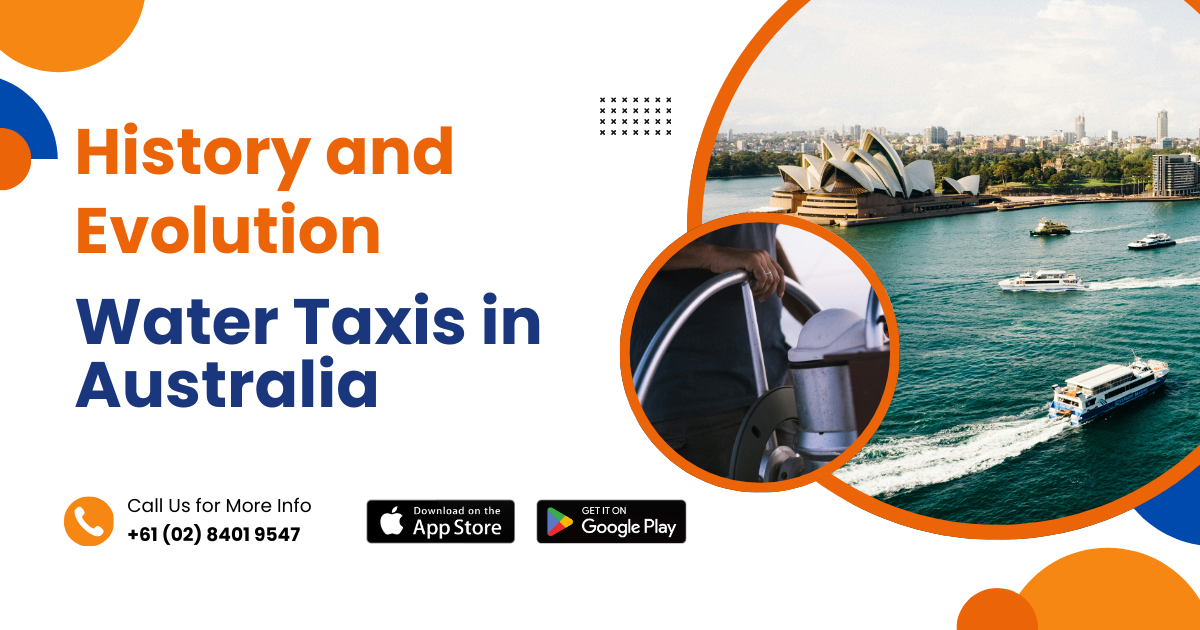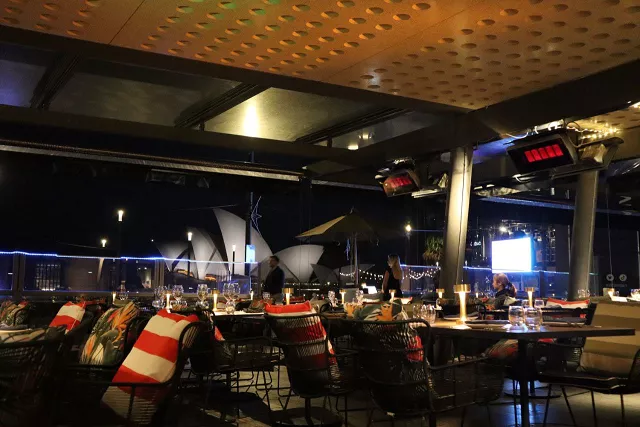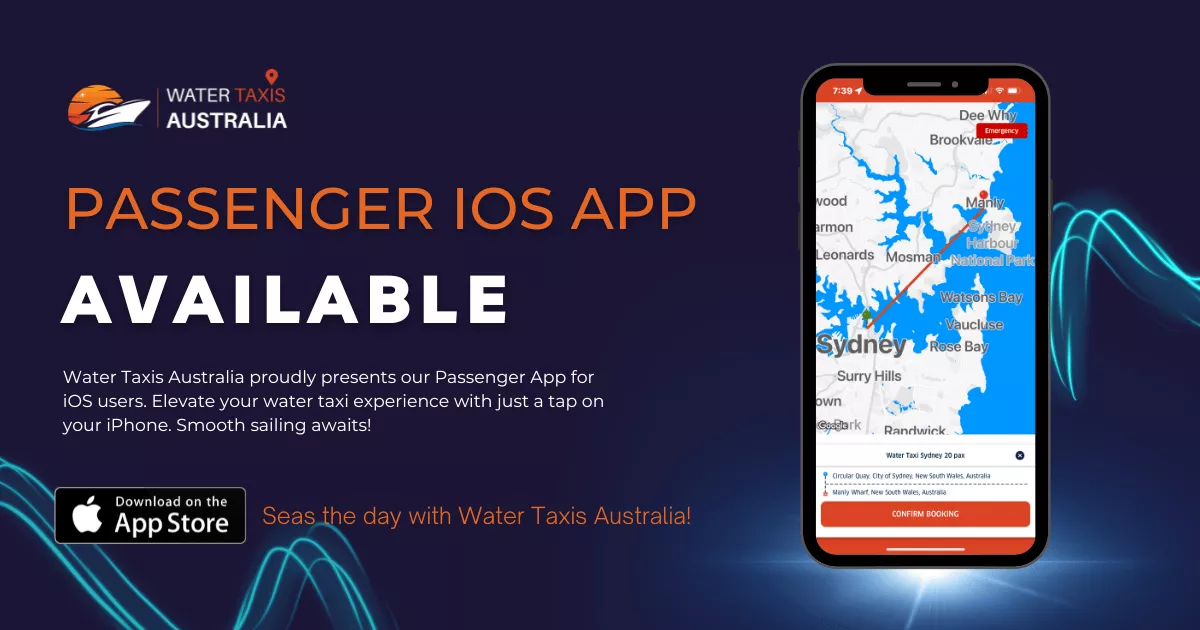Whitsunday Water Taxi Services – Everything you must know before booking
Discover Whitsunday Water Taxi Services: Your Gateway to Island Adventure in Australia’s Great Barrier Reef.

The concept of water taxis in Australia can trace its roots back to the indigenous peoples who navigated the country’s extensive waterways long before European settlement. Aboriginal Australians used various forms of canoes made from bark or hollowed-out logs to travel, fish, and trade. These early watercraft were integral to their way of life, showcasing their deep understanding of the marine environment.
With the arrival of European settlers in the late 18th century, waterborne transport began to evolve. The settlers, recognizing the vast network of rivers and harbors, started using small boats to ferry goods and passengers. This period marked the informal beginnings of what would later become an organized water taxi service.
The 19th century saw significant development in Australian port cities such as Sydney, Melbourne, and Brisbane. The bustling ports necessitated efficient transportation across waterways to facilitate trade and passenger movement. Ferries became a common sight, but smaller, more flexible boats began to emerge to cater to individuals and small groups needing quick and direct travel routes across harbors.
Sydney Harbour, in particular, became a focal point for water-based transportation. The natural beauty of the harbor, coupled with its strategic importance, spurred the growth of various forms of water transport, including early versions of water taxis. These small, often privately-operated boats provided an alternative to the larger, slower ferries, catering to those who required more personalized and flexible transport options.
The early 20th century marked the beginning of more organized water taxi services in Australia. With the rise of urbanization and the increasing popularity of Sydney as a global city, there was a clear demand for quick and convenient transport across its iconic harbor.
By the 1920s and 1930s, small companies and individual operators began to offer dedicated water taxi services. These early water taxis were often simple wooden boats powered by modest engines. Despite their basic nature, they provided a crucial service, allowing residents and visitors to traverse the harbor quickly and efficiently.
The period following World War II saw significant technological advancements and economic growth, which had a profound impact on water taxi services in Australia. The 1950s and 1960s brought about the introduction of more advanced and faster boats, often constructed from metal and equipped with more powerful engines. These improvements enhanced the safety, speed, and reliability of water taxi services.
During this time, the concept of water taxis began to gain more popularity, not just as a means of transport but also as a tourist attraction. Sydney Harbour, with its stunning vistas and iconic landmarks like the Sydney Opera House and Harbour Bridge, became a major draw for tourists. Water taxis offered a unique way to experience these sights, leading to a boom in their usage.

The late 20th century saw further modernization and regulation of water taxi services in Australia. The introduction of fiberglass and composite materials in boat construction led to lighter, faster, and more durable water taxis. These technological advancements improved the overall passenger experience, making water taxis a preferred choice for many commuters and tourists.
Government regulations also played a significant role during this period. Safety standards were enhanced, and licensing requirements for operators became more stringent. These measures ensured that water taxi services were not only efficient but also safe and reliable. The establishment of official water taxi stands and designated pick-up and drop-off points helped streamline operations and improve accessibility for passengers.
As Australia entered the 21st century, the water taxi industry continued to evolve, embracing new technologies and focusing on sustainability. The rise of GPS and digital communication technologies revolutionized the way water taxis operated. Real-time tracking, online booking systems, and mobile apps made it easier for passengers to access water taxi services, enhancing convenience and efficiency.
Sustainability also became a key focus. With growing awareness of environmental issues, many water taxi operators began to invest in eco-friendly technologies. The introduction of electric and hybrid water taxis helped reduce carbon emissions and minimize the environmental impact of water-based transport. These advancements not only made water taxi services more sustainable but also attracted environmentally conscious passengers.
Water taxis have had a significant impact on tourism and local economies in Australia. Iconic destinations such as Sydney Harbour, the Gold Coast, and the Whitsundays have seen a surge in water taxi usage, driven by both domestic and international tourists. These services provide a unique and scenic way to explore Australia’s natural beauty and cultural landmarks.
Tourism-related businesses, such as restaurants, hotels, and tour operators, have benefited from the increased accessibility provided by water taxis. Waterfront dining experiences, such as those offered by Harbourfront Seafood and Luna Lu, have become popular attractions, drawing visitors who appreciate the combination of fine dining and stunning water views. Water taxis have facilitated easy access to these venues, enhancing their appeal and boosting local economies.
Looking ahead, the future of water taxis in Australia appears promising, with ongoing advancements in technology and an increasing focus on sustainability. The integration of autonomous navigation systems could revolutionize the industry, potentially leading to self-driving water taxis that offer even greater efficiency and safety. Such innovations could transform the way water taxi services are provided, making them more accessible and convenient for passengers.
Moreover, there is potential for expanding water taxi services to new regions and markets. As urbanization continues and coastal cities grow, the demand for efficient and flexible water-based transport is likely to increase. Water taxis could play a crucial role in alleviating traffic congestion and providing sustainable transport solutions in densely populated areas.
The history and evolution of water taxis in Australia is a testament to the country’s adaptability and innovation in water-based transport. From the early days of indigenous canoes and simple wooden boats to the modern, eco-friendly vessels of today, water taxis have continually evolved to meet the changing needs of passengers. As technology continues to advance and sustainability becomes increasingly important, the water taxi industry is poised for further growth and innovation.
Water taxis Australia offers a unique and efficient way to explore the country’s stunning waterways, providing passengers with a memorable and convenient travel experience. Whether navigating the bustling Sydney Harbour, the serene Gold Coast, or the picturesque Whitsundays, water taxis remain an integral part of Australia’s transport landscape, connecting people with the beauty and culture of the nation’s coastal regions.
Discover Whitsunday Water Taxi Services: Your Gateway to Island Adventure in Australia’s Great Barrier Reef.
Experience the best of Whitehaven Beach with water taxi transfers. Discover convenience, luxury, and eco-friendly travel options with Water Taxis Australia.
Experience a luxurious journey with Water Taxis Australia from Hamilton Island to Long Island Resort.
Discover the best water taxi adventures in Airlie Beach with flexible, eco-friendly, and personalized travel options.

Launching our Android app for Sydney Harbour, Gold Coast, and Whitsundays. Download today!

Experience refined aquatic travel with Water Taxis Australia! Celebrating our grand iOS Passenger App launch.

Introducing our Skipper App for Android users! Seamlessly navigate, captain your water taxi, elevate your adventures.

Introducing our Skipper App for Apple users! Join us for free and experience a better booking system. Download now!
Stay up to date with our latest news and Updates.

Discover the ease and convenience of booking a Water Taxi online 24/7 with Water Taxis Australia. Experience the beauty of Sydney Harbour, Pittwater, Gold Coast Waterways, and the Whitsundays as you make your way through these stunning destinations.